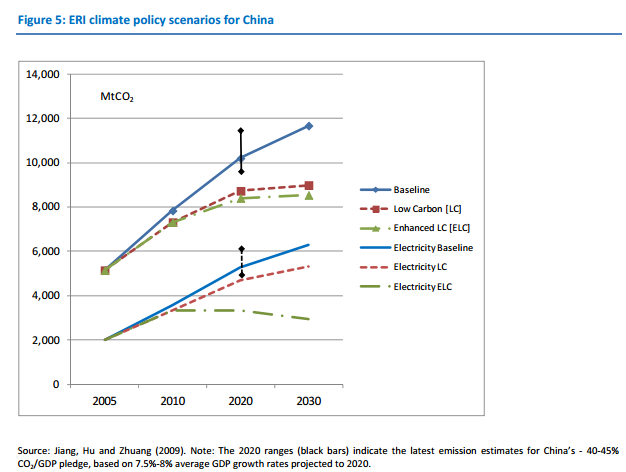Entering the field of zeptosecond measurement
When light strikes electrons in atoms, their state can change unimaginably quickly. Laser physicists in Munich have measured such a phenomenon – namely that of photoionization, in which an electron exits a helium atom after excitation by light – for the first time with zeptosecond precision. A zeptosecond is a trillionth of a billionth of …







